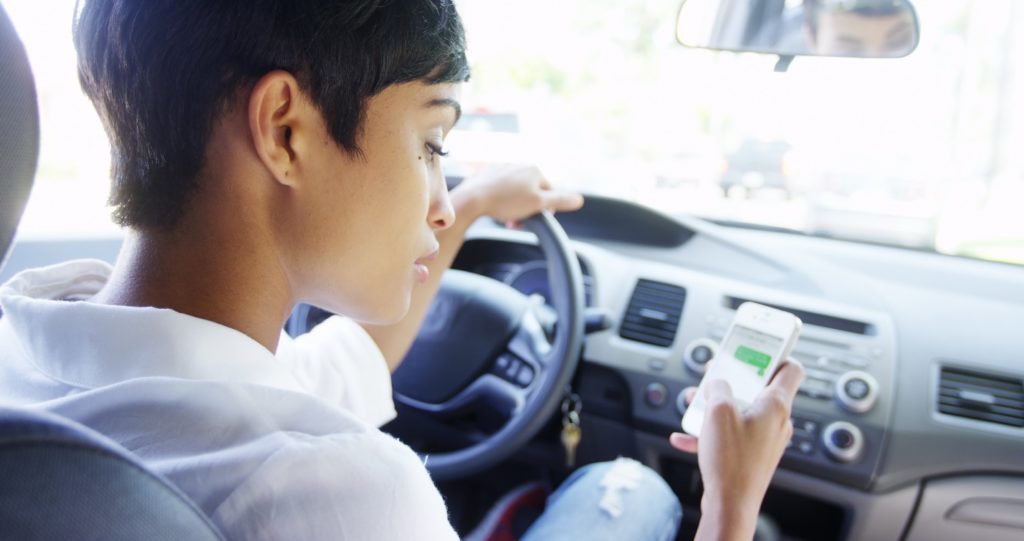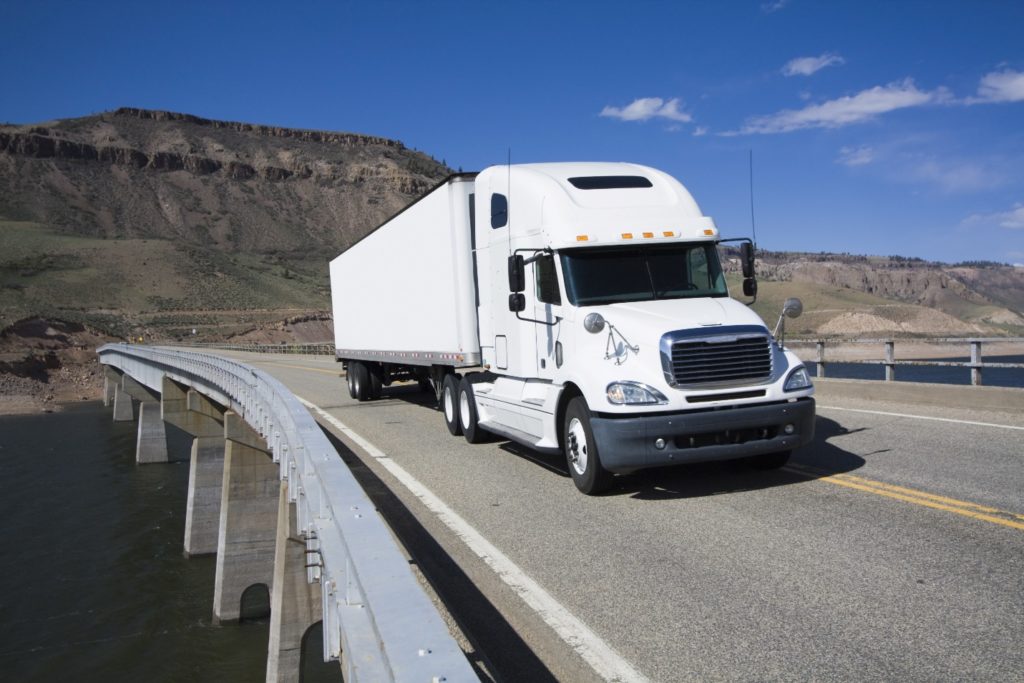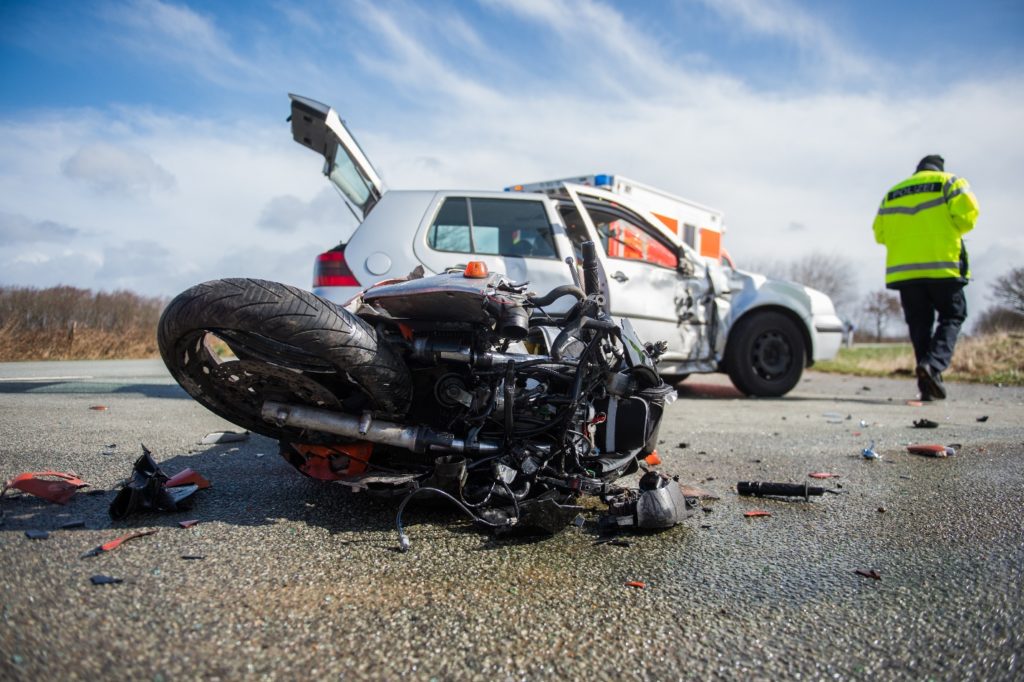Americans love to drive. From the iconic drop tops of yesteryear cruising along Route 66 to the fuel-efficient connectivity that are today’s commuter vehicles, cars are an indelible aspect of cultural life in the United States.
According to statistics from the U.S. Census Bureau, eighty-six percent of working people in the U.S. commuted to work in 2013, and three-quarters of those did so without passengers. Indeed, the morning commute is like a sacred ritual for many of us; music carefully curated, routine route established, and on-the-go coffee mug within easy reach in a cup holder.
It’s easy to forget that a set of car keys is one of the most dangerous weapons anyone could ever be handed. Road traffic injuries are predicted by researchers and car accident injury lawyers to become the fifth leading global cause of death by the year 2030; they’re prevalent everywhere and are devastatingly taxing on the finances of governments and citizens alike.
Worldwide, road crashes account for 2.2 percent of all deaths each year, which equates to just fewer than 1.3 million people for an average of 3,287 fatalities per day.1 Still, we drive; many of us, every single day of our adult working lives.
Nobody expects to get in a car accident, but it could happen at any time through no fault of your own. Any car accident lawyer can tell you that vigilance and road safety go a long way toward accident prevention, but sometimes, there’s nothing you can do to avoid a crash. In this case, it behooves you to be aware of the proper legal steps which must be taken to make sure you’re fairly compensated.
The United States of Auto Accidents
According to the U.S. Department of Transportation, car crashes directly resulted in the loss of over thirty-five thousand American lives in 2015. Nearly 2000 of these fatalities were children under the age of fifteen, and around 8000 of them involved drivers aged sixteen to twenty behind the wheel.
In addition to the lives lost, more than two million individuals were injured or permanently disabled in car accidents, and the associated costs impacted the U.S. economy to the tune of around $242 billion dollars.
Even with technological advancements in car safety being rolled out in new model vehicles all the time, car crash fatalities are still on the rise in the United States. In 2015, the numbers were the highest they’d been in several years, showing a 7.2 percent increase across the board, and 100,000 more injuries than the year prior.
Passenger car and light truck accidents, which make up the majority of personal vehicles purchased in the U.S., comprised a total of sixty-four percent of all fatalities.
Pedestrian, bicyclist, and other non-occupant deaths from being struck by motor vehicles in accidents increased by 9.5 percent, according to the National Highway Safety Administration, which represents the highest numbers in this category since 1996.2
Car accident injury lawyers see thousands of such cases every year and know that many of the accidents which take place on U.S. roads easily could have been avoided.
Cause and Effect
There are a lot of factors that play into the United States’ high level of road fatalities. Part of it is the fact that we have so many vehicles on the road, both commercial and personal. We rely on our cars to get to work and run our lives, and our entire economic infrastructure is based on interstate trucking and commerce.
Each car, truck, and motorcycle on the road represents a statistical possibility for human error; while a certain number of accidents are unavoidable, many fatal road collisions are directly due to driver negligence or a lapse of attention.
Age – Young drivers are at a much higher risk of being involved in a fatal accident than more seasoned drivers. People ages fifteen to nineteen only represent about seven percent of the U.S. population but were the cause of eleven percent, or ten-billion-dollars’ worth, of the total cost of motor vehicle injuries in 2013. According to the CDC, six teenagers in this age bracket die every day from motor vehicle injuries—a total of 2,270 fatalities.3
The majority of fatal teen driver crashes are due to critical driving errors, which are much more prevalent in young drivers than those who have been on the road for a longer period of time. Teens tend toward reckless driving, allowing inadequate following distances between other cars on the road and
Distractions – Distracted driving is a huge factor in the rising number of car crash fatalities. Modern cars are centers of connectivity, with touch screen menus and unprecedented levels of connectivity for mobile devices. Even with hands-free technology, using a smartphone to text, talk, check social media, or manage your route with navigation apps is dangerous.
That said, distracted driving is not a particularly new problem. Many drivers perform some part of their morning grooming routine in the car on the way to work, such as combing hair, applying makeup, or being distracted by something outside of the vehicle.
These risks apply doubly toward young drivers, but impact all facets of the driving population in the U.S. According to the NHTSA, at any given time, well over half-a-million drivers on the road are using cell phones or electronic devices while actively operating their vehicles.4
Inebriation – Car accident injury lawyers know that alcohol is one of the greatest contributors to crash deaths. After only four beers, the approximate amount necessary to reach a .08 blood alcohol content, any individual will impose a greater risk to their own safety and the safety of others should they get behind the wheel of a vehicle.
Muscle coordination drops off sharply with alcohol inebriation, as well as perception and judgment times, leading to drivers making riskier choices and paying less attention than they normally would.
As with most aspects of driving statistics, young people are at a greater risk of death from an accident involving an inebriated driver. In 2014, 24 percent of all male drivers between the ages of fifteen and twenty who were involved in fatal car accidents had been drinking alcohol at some point in the night prior to taking the wheel, and 17 percent of all drivers aged sixteen to twenty involved in crashes which led to fatality had a blood alcohol content of .08 or higher.
More than half of all teen road deaths in 2014 occurred on the weekend when alcohol consumption peaks and inhibition dips.
An Ounce of Prevention
Nobody wants to get in an accident, but few people recognize that their behaviors are risk factors until it’s too late. While it’s impossible to completely eliminate the potential for human error when driving, following a few simple rules and sticking to them will go a long way toward keeping you safe behind the wheel:
- Ignore your phone. It can be difficult in our constantly connected society to let a notification beep or an email go unread even for a few minutes, particularly because so many Americans rely on mobile devices for work. However, as important it may seem at the moment, checking your phone while behind the wheel poses a huge risk to you and others, as a split second of extra reaction time is often the difference between a fatal crash and a near miss.
- Make playlists and plan routes ahead of time. Fiddling with radio stations and in-dash navigation consoles, and trying to curate the ambiance of the drive while behind the wheel is risky and dangerous. Take a few minutes to familiarize yourself with the route before you start driving; even if your navigation system vocally informs you when it’s time to turn, many people still like to look at the real-time map of their trip as they drive; any moment your eyes are off the road is a moment when a potentially fatal crash could occur.
- Don’t drive while intoxicated, and don’t let your friends drive drunk, either. It sounds like a no-brainer, but intoxicated people are often the worst judges of their own ability to operate a vehicle. In the modern age of ride-sharing services, there is no excuse for you or anyone else to get behind the wheel after a few drinks; any experienced auto accident attorney can tell you that, even if no fatalities occur, driving drunk is never a good idea.
Sources

 Over 300 Google 5 Star Reviews
Over 300 Google 5 Star Reviews











